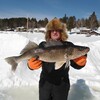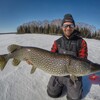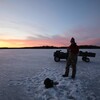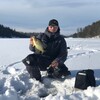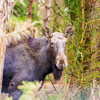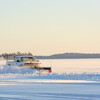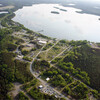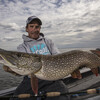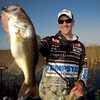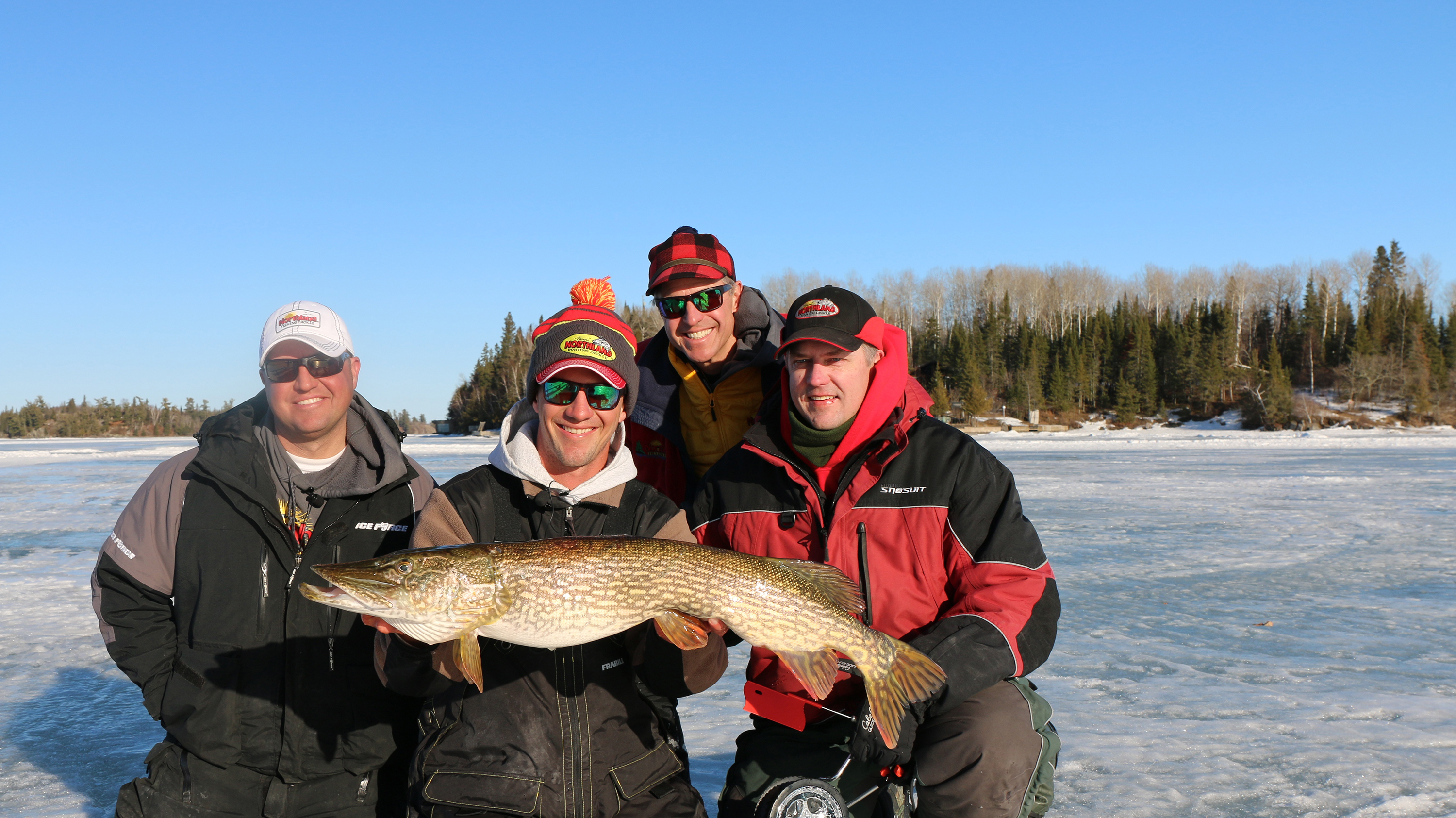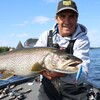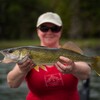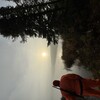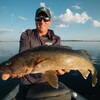Gearing up for Lake Trout
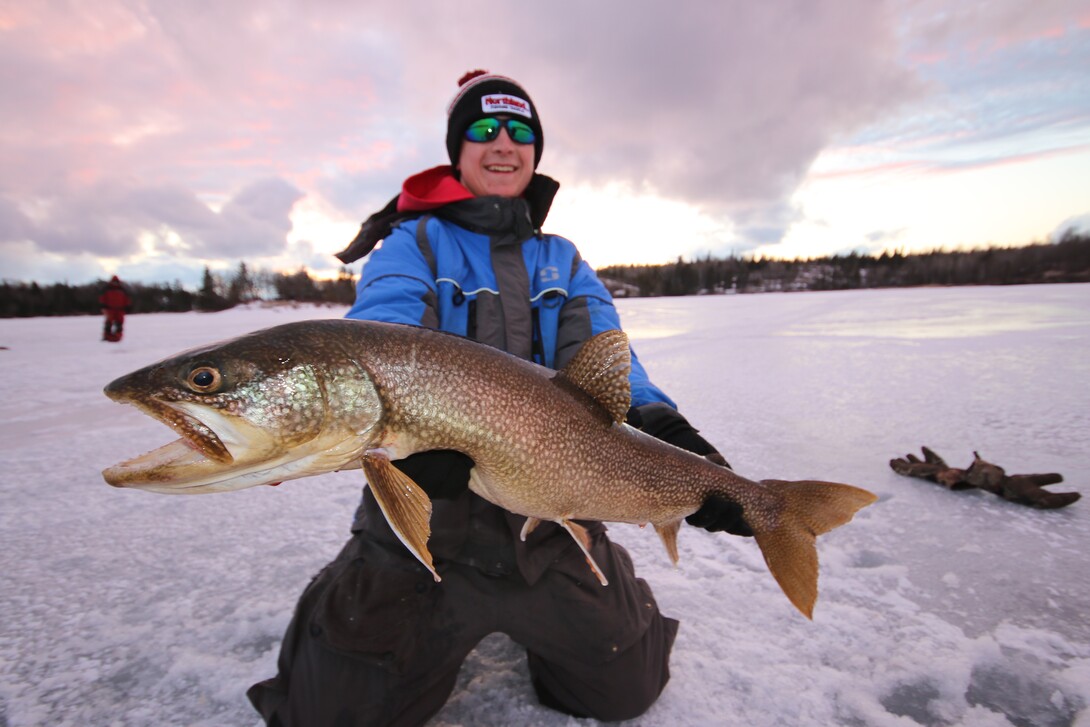
For hardcore ice anglers, January 1 is always a date that we mark on the calendar because it marks the opening of the winter lake trout season. If you have never ice fished for lake trout before, you’re missing out, because they are one of the most beautiful fish species we can catch under the ice.
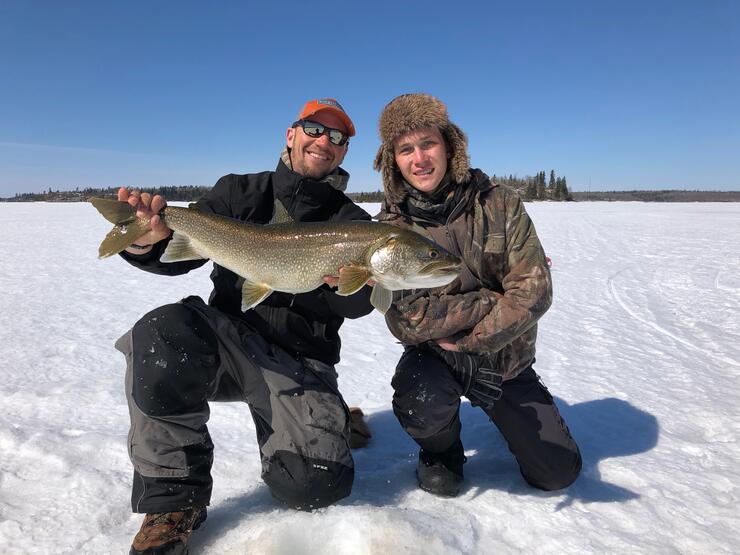
Their aggressive nature makes them fun to fish for, and they are hard fighters. Across Sunset Country, lakers can grow large, and some of the best fisheries are in remote, wilderness areas that are a dream to fish, lakes with beautiful, clear water—but you can find their population dotted all over the region!
Structure & Location
When it comes to choosing a fishing location, there are many options to choose from. Think of lake trout as freshwater sharks under the ice. They like the cold water, and I feel like they are constantly on the move, looking for an easy meal. After spending the summer months hunkered down in deep water, they are free to roam wherever they want in the winter.
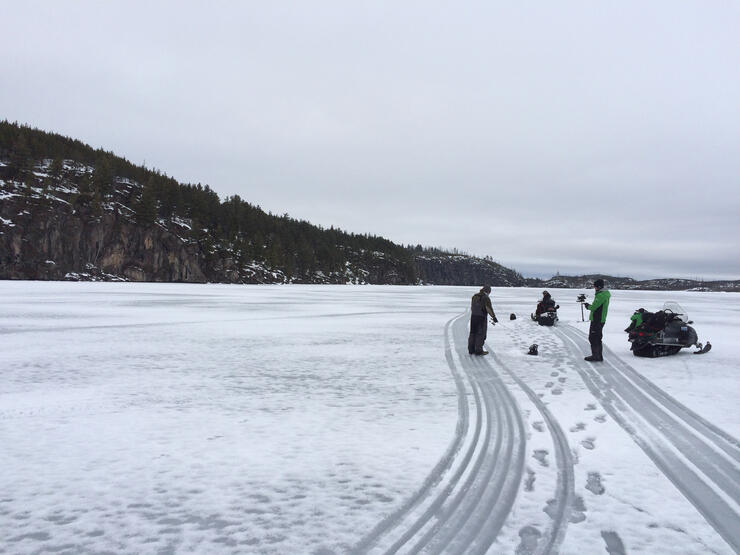
Most anglers fish around main lake structure like points or humps, and they are always a good bet. Other options include bluffs (or cliffs), which lake trout will push baitfish against, or even mudflats in front of shallower bays where they will forage on perch. The main thing to understand is that if you aren’t getting bites, keep moving around until you find the structure that lake trout are relating to the most, and then find more of it.
Tackle & Bait
When it comes to tackle, high-visibility baits that imitate the forage lake trout prefer usually work best. Clear water is common in trout country, so you can expect trout to see your bait from a long distance. I’m a big fan of using soft plastic bass baits like tubes or fluke-style minnow baits. I usually choose a white or minnow-imitating colour; they are highly visible, yet still natural. The best jigs to get your baits down to fish you see on your electronics quickly are 3/8- 3/4 oz.
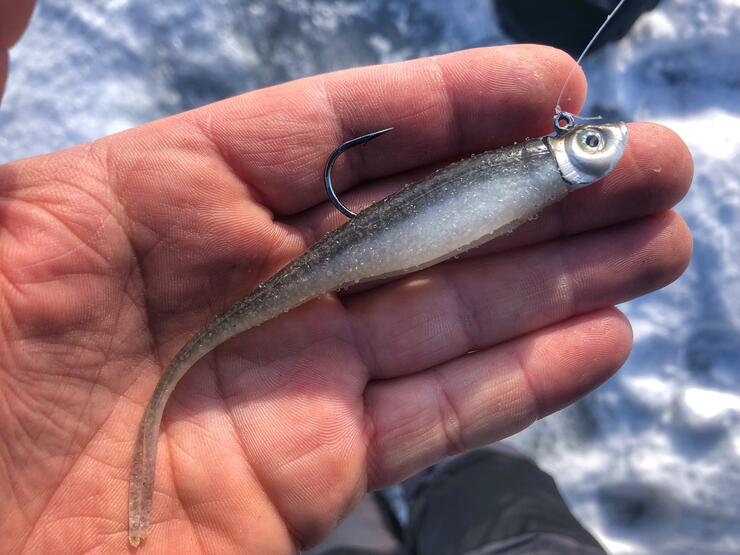
Of course, the whole gamut of ice fishing baits will catch trout as well. I’ve seen days when spoons, vibrating rattle baits, and swimming jigs like a Puppet Minnow work great as well. It’s all about experimenting to see what trout are reacting to the best on the body of water that you’re fishing. On waters with big fish, don’t be afraid to try larger baits like airplane jigs, bucktail jigs, or swimbaits.
Line
Tackle keeps improving every year, as do our rods, reels, and line. For lake trout, where we’re often fishing in deeper water, braided line is far superior to traditional monofilament because of its thin diameter, strength, and no-stretch properties. The no-stretch thing really helps with getting a good hook-set in deep water without having to use a broomstick for a fishing rod.
Rods & Reels
With rods, slightly longer than regular ice rods are better for trout, especially in waters with bigger fish. The longer rod will help with more hook-setting power and then more shock absorption for fighting fish, especially when you’re battling to get their head in the hole. A medium-heavy to heavy action rod is best.
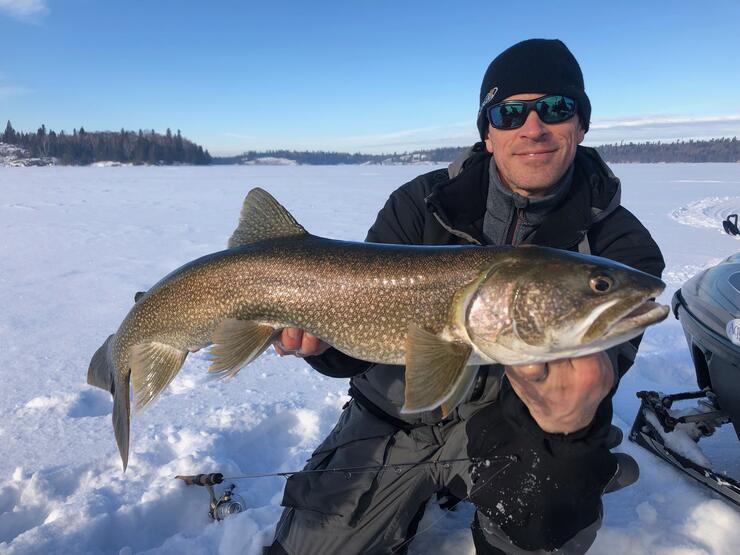
Spinning reels, in my opinion, are more efficient at moving your bait around in the water column, and I only use them, but if you are fishing for big fish and using extra-heavy baits or baits with heavy hooks, a heavier-action bait-casting rod/reel may be better. Go with whatever you are most comfortable with.
Leader
With the braided line, you definitely want to use a 4- to 6-foot fluorocarbon leader, which can be attached with a knot or a small swivel if you don’t have a lot of experience tying lines together. This gives you an invisible link to your bait, and it’s more abrasion-resistant when fighting fish around the hole as well. Most often, I like to use 10-lb braid for my main line, then attach a 10-lb fluoro-leader. If you’re fishing water where you have a good shot at 20-pound-plus trout, you may want to beef that up a little bit.
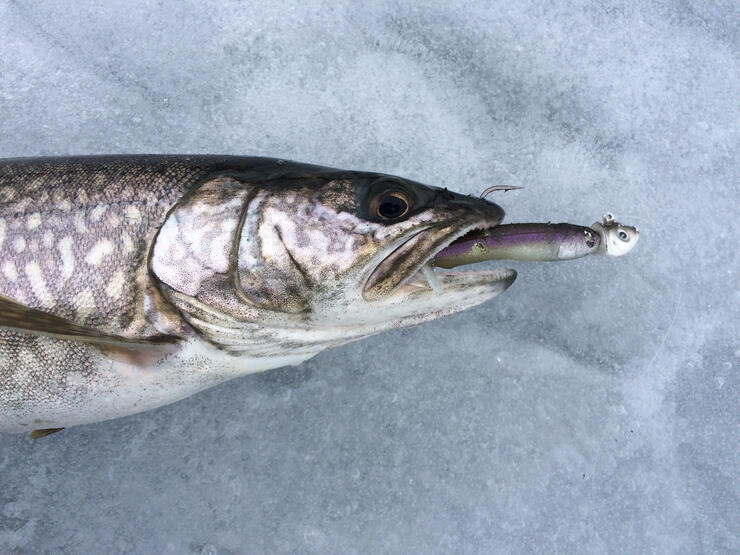
Electronics
Electronics are essential for ice fishing for all species, but especially for lakers, which often suspend throughout the water column. Using any kind of sonar unit gives you the ability to watch for fish that are suspended, as well as fish that are chasing your bait around. It’s normal for trout to follow and chase your lure, so being able to see that fish are around your bait is essential, so you can see how they are interacting with how you move your lure around.
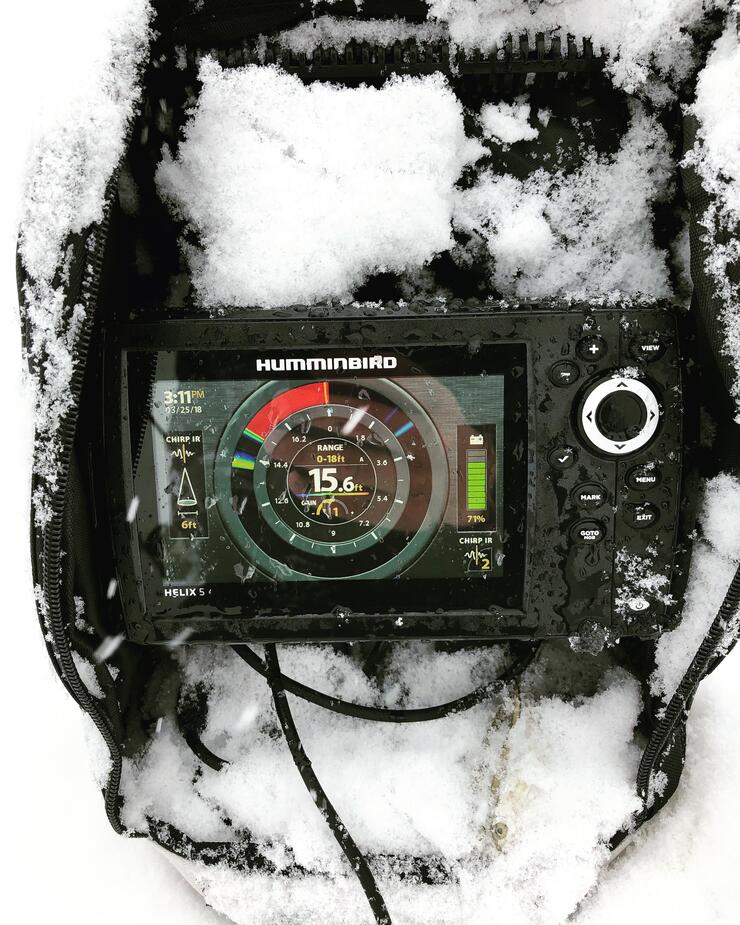
Sometimes, holding the bait still and shaking it is best, sometimes playing “keep away” with the trout is best, and sometimes letting the bait free-fall down is best. It’s all about experimenting, and you can watch how it all plays out if you use a flasher or a regular sonar unit.
What are you Waiting For?
It’s already mid-January, so what are you waiting for? Use the tips in this article to get you ready to set some hooks on these beautiful fish.

Sunset Country, Ontario has the best winter lake trout fishing opportunities in North America when you consider the access, variety of waters, fishing for numbers of trout, as well as chances at trophy fish—come and have some fun!
Need a place to stay? Check out visitsunsetcountry.com for more information on year-round accommodations and fishing guides! Send them an email if you need more help here: info@visitsunsetcountry.com
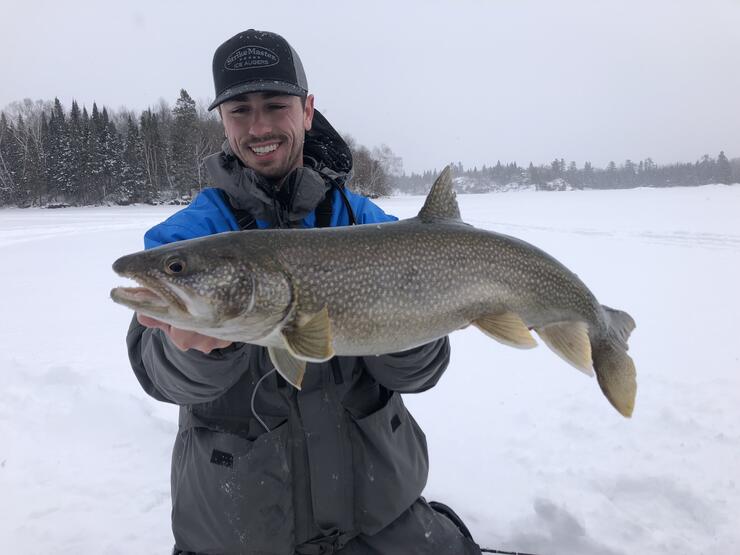
Recommended Articles

Is the 1,400 Kilometre Drive to Northwest Ontario For a Fishing Trip Worth it?
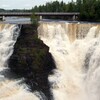
8 must-see waterfalls

6 Ways to Get Your 10,000 Steps This Fall

Top 5 Reasons You Should Be Fishing in Morson, Ontario

Discover The Winnipeg River

Enjoy Sunset Country's Fall Colours on Your Next Road Trip

Fishing in the Fall?

6 Reasons to Book a Fall Vacation to Sunset Country

10 Reasons to Avoid Ontario’s Sunset Country

Heading Across Canada?

A Guide to Sunset Country Museums
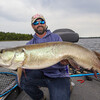
The Promised Land: Best Muskie Fishing in Ontario

Fall Fishing Tips
5 Essential Boreal Experiences in Ontario's Sunset Country

5 Obscure Facts About Northwestern Ontario: Were You Aware of These?

Great Food in Relatively Unknown Places
Outdoor Medicine

A Guide to Bringing Your Pets on Vacation to Canada

There's more than just fishing in the Red Lake Region

5 Amazing Sights You Can Only See By Boat

Going Fishing in Canada?

Going fishing in Ontario?

Outdoor Adventure in Ontario's Northern Paradise
Planning A Family Fishing Trip to Canada

Tips from a Fishing Legend

